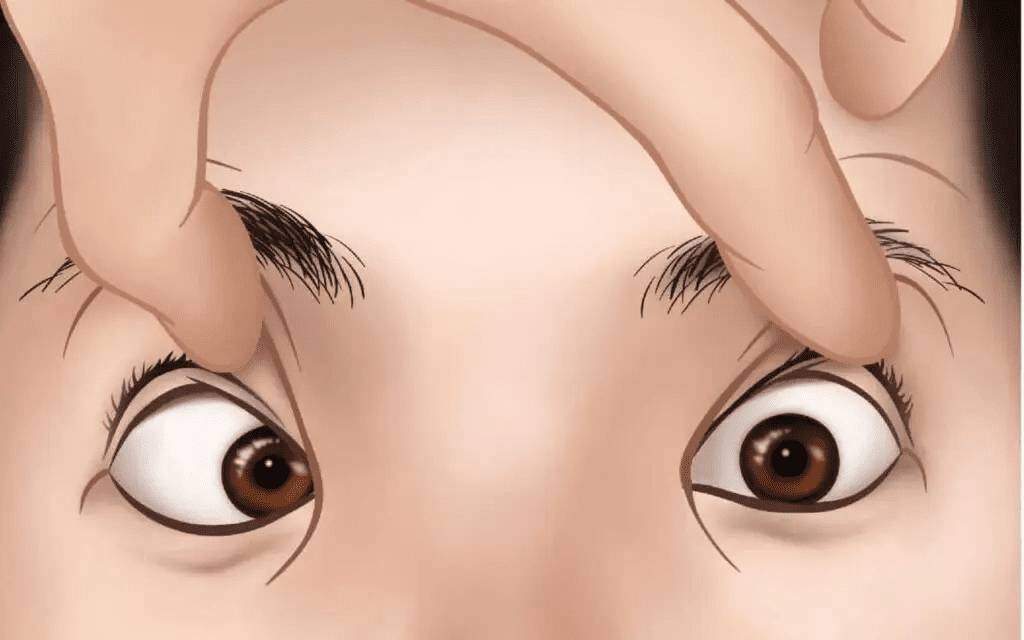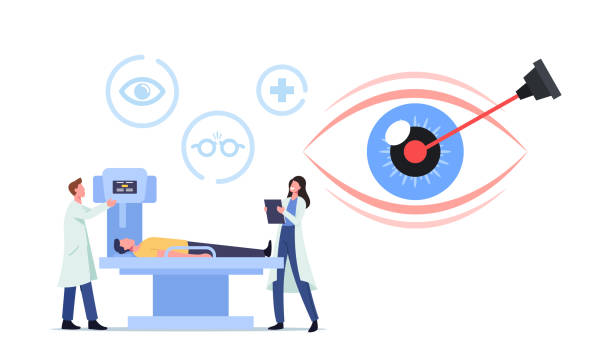Squint eye treatment can differ between adults and children due to several factors, including the age at which the condition is diagnosed, the flexibility of eye muscles, and the underlying causes. Here are some key differences in how squint eye treatment is approached in adults compared to children:
1. Age of Onset:
– In children, squint eyes often develop at a young age and can be present since birth or become noticeable during early childhood. Early diagnosis and treatment are crucial to prevent vision problems, amblyopia (lazy eye), and the development of visual abnormalities.
– In adults, squint eyes can develop for various reasons, including changes in eye muscle function, neurological issues, or other health conditions. The age of onset can vary widely, and the condition may be stable or progressive.
2. Treatment Goals:
– In children, the primary goal of squint eye treatment is to achieve proper eye alignment to promote normal visual development and prevent complications like amblyopia. Treatment often involves patching the stronger eye, using corrective glasses, and sometimes eye muscle surgery.
– In adults, the treatment goals may differ. While achieving proper eye alignment is essential for cosmetic and functional reasons, the primary goal may be to improve binocular vision and reduce double vision. Correcting the appearance of the eyes may also be a priority, especially if the misalignment affects self-esteem.
3. Flexibility of Eye Muscles:
– Children’s eye muscles are often more flexible and responsive to treatment, making it possible to achieve alignment through non-surgical methods like patching, vision therapy, or exercises.
– Adults may have less flexible eye muscles, and non-surgical interventions may be less effective. In some cases, surgery may be the primary or only option to achieve alignment.
4. Underlying Causes:
– Squint in children is often related to issues with the development of the eye muscles or the brain’s control of eye movement. These underlying causes may respond well to early intervention and non-surgical treatments.
– Squint in adults can be caused by various factors, including eye muscle dysfunction, neurological conditions, trauma, or systemic health issues. Identifying and addressing the underlying cause is a crucial part of adult squint eye treatment.
5. Patient Cooperation:
– Children may require more guidance and parental involvement in their treatment, such as wearing corrective glasses or patching the eye as prescribed. Compliance with treatment plans can be a factor in children’s outcomes.
– Adults are often more independent in managing their treatment. They may have a better understanding of their condition and be more motivated to follow through with treatment recommendations.
6. Timing of Surgery:
– In some cases, eye muscle surgery to correct squint may be delayed in children until they reach a certain age or until the refractive error (need for glasses) stabilizes.
– Adults may undergo eye muscle surgery more promptly if their condition is causing significant functional or cosmetic issues.
It’s important to note that the approach to squint eye treatment should be individualized based on the patient’s age, the severity of the condition, the underlying causes, and their treatment goals. Consultation with an experienced eye care specialist or ophthalmologist is essential to determine the most appropriate treatment plan for each case.
It’s important to consult Dr. Vaidya one of the Best Eye Doctors in Mumbai know more information visit our hospital at Dr. Vaidya Eye Hospital.




